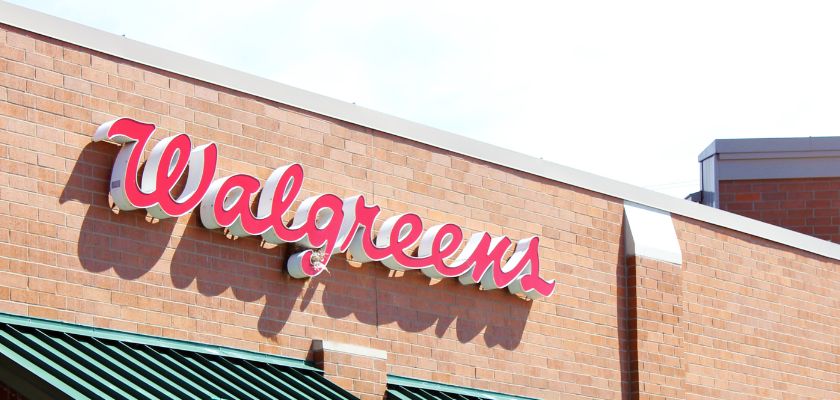
From a Warehouse to Walgreens: How a 1031 Exchange Saved our Client Over $2 Million in Taxes and a Triple Net Lease Minimized our Client’s Ongoing Efforts
By Bruce Landau
Lift helped a client in the sale of his business. Post sale, the client retained a warehouse that he had owned for over 20 years, in which the current tenant was moving out. In the Mid-South area, warehouse space is scarce and therefore selling prices are at an all-time high. So, it made sense to sell versus look for a new tenant to lease.
However, because the client had owned the property for 20+ years, the warehouse value had depreciated upon selling it and this client would have owed more than $2 million in capital gains taxes!
The benefits of a 1031 exchange
We advised our client about the benefits of a 1031 like-kind exchange. A 1031 exchange is a provision of the Internal Revenue Code that allows owners to defer capital gains taxes on the sale of real estate, so long as they reinvest the proceeds into another piece of real estate of equal or greater value, within 180 days.
A continuous deferment of a $2,000,000 of tax bill is compelling. However, how do you find appropriate property to buy? Especially since our client wasn’t interested in being a landlord who would be responsible for maintaining the property. Is there another way to have your cake and eat it too?
The solution: a triple net lease
Yes, by way of a triple net lease. A triple net lease is a commercial lease in which the tenant is responsible for all property taxes, insurance, and maintenance costs. Basically, the tenant is responsible for all the building’s upkeep. The landlord buys the building, and the tenant keeps it up and pays rent to the landlord.
We connected our client with a triple net subject matter expert; a firm that does nothing but find, evaluate, buy, and sell triple net assets. The expert was able to cull through hundreds of leases offered by large US companies like Walgreens, CVS, Starbucks, Olive Garden, and Auto Zone. They looked at factors such as the length of the lease, the tenant’s credit rating, the location of the property, the customer traffic shopping in the store, and the store’s revenue.
Getting the property appraised
The expert was able to identify several properties that met our client’s criteria. We also had the properties appraised to better understand their value. We then visited the top contending properties to truly see what we might be buying.
After careful consideration, we identified a few properties that we felt were the best fit for our investment goals. These properties were in prime locations, had long-term leases with strong tenants, and were appraised at a value that was close to our warehouse sale price.
Ultimately, our client purchased a Walgreens store, with a 13-year ongoing lease, at an attractive rent rate and a strong resale value.
Our client was able to complete the 1031 exchange and purchase the new property without having to pay any capital gains taxes. He saved over $2 million in taxes, and he was able to reinvest 100% of the proceeds from his warehouse sale into this Walgreens. At the end of the lease term, if both parties are interested, he can either re-let the space to Walgreens or re-purpose it for another tenant. In the 13-year interim, he has been able to make income on the deferred taxes.
A valuable tool
A 1031 exchange can be a valuable tool for investors who are looking to defer capital gains taxes on the sale of real estate. Coupling the 1031 with a triple net lease may be a good solution for a very low risk, low maintenance way to safely generate strong ongoing cash flow on a maximum tax deferred real estate tax.
To qualify for a 1031, the owner must follow a very specific timeline and sequencing of events. You must have a good bit of preparation complete before you sell your property.
Lift can help you navigate through these specific hoops. Interested in learning more? Contact us here.
